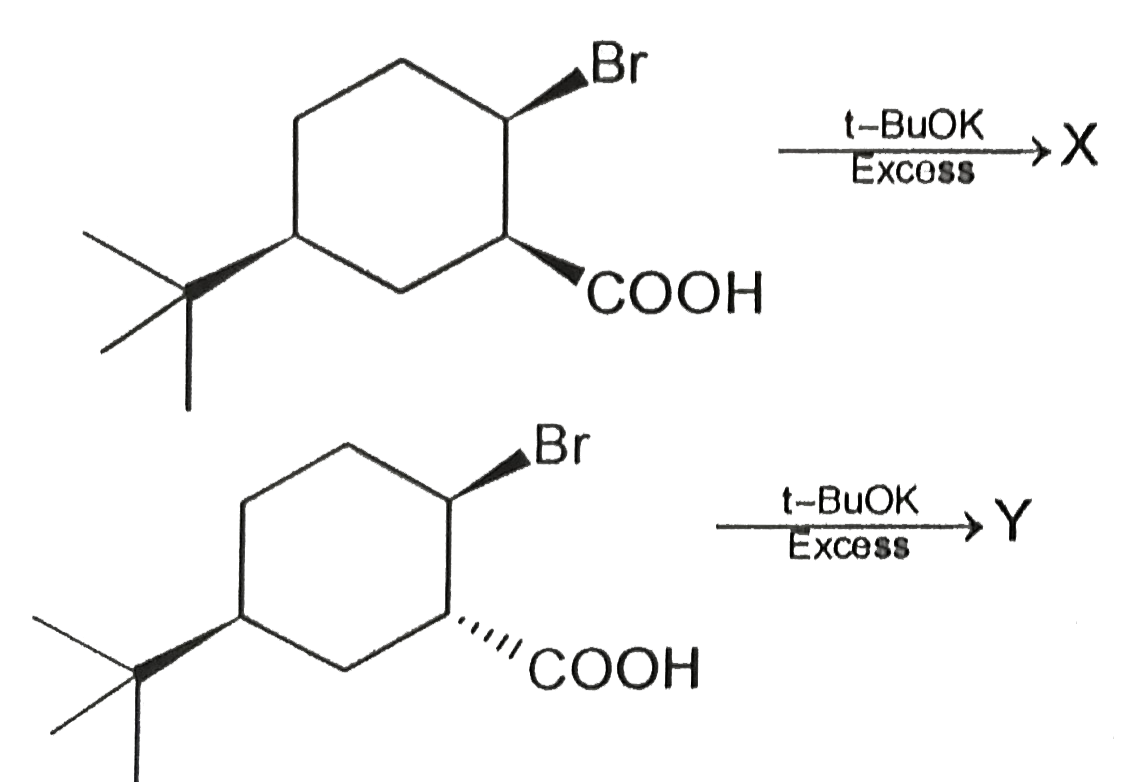Which of the following options is correct?.

Options for (1), (2) and (3), respectively are
A
(B), (C) and (A)
B
(C), (A) and (B)
C
(A), (B) and (C)
D
(B), (A) and (C)
Text Solution
The correct Answer is:A
(B), (C) and (A)
|
Topper's Solved these Questions
- WAVESBOOK - NCERT TAMILCHAPTER - WAVESEXERCISE - EVALUATION(IV. NUMERICAL PROBLEMS)
7 Videos
- WAVESBOOK - NCERT TAMILCHAPTER - WAVESEXERCISE - EXAMPLE
41 Videos
- UNITS AND MEASUREMENTBOOK - NCERT TAMILCHAPTER - UNITS AND MEASUREMENTEXERCISE - EXERCISE (ADDITIONAL EXERCISE)
9 Videos
- WORK, ENERGY AND POWERBOOK - NCERT TAMILCHAPTER - WORK, ENERGY AND POWEREXERCISE - EXERCISE - IV. NUMERICAL PROBLEMS
5 Videos
Similar Questions
Knowledge Check
which of the following option is correct?
AIn living organisms, circulation of ^14Cfrom atmosphere is high so the carbon content is content in organismBCarbon dating can be used to find out the age of earth crust and rocksCRadioactive absorption due to cosmic radiation is equal to the rate of radioactive decay, hence the carbons content remains constant in living organismsDCarbon dating cannot be used to determine concentration of ^14C in dead beings
Which of the following option is correct?AStenothermal organismEurythermal organismFrogLizardBStenothermal organismEurythermal organismFrogManCStenothermal organismEurythermal organismManLizardDStenothermal organismEurythermal organismPolar bearCoconut treeWhich of the following option is correct ?
AStenothermal organismEurythermal organismFrogLizardBStenothermal organismEurythermal organismFrogManCStenothermal organismEurythermal organismManLizardDStenothermal organismEurythermal organismPolar bearCoconut tree

